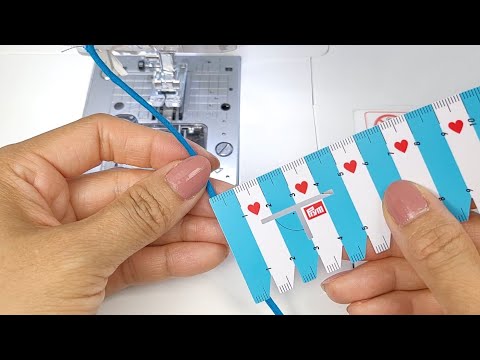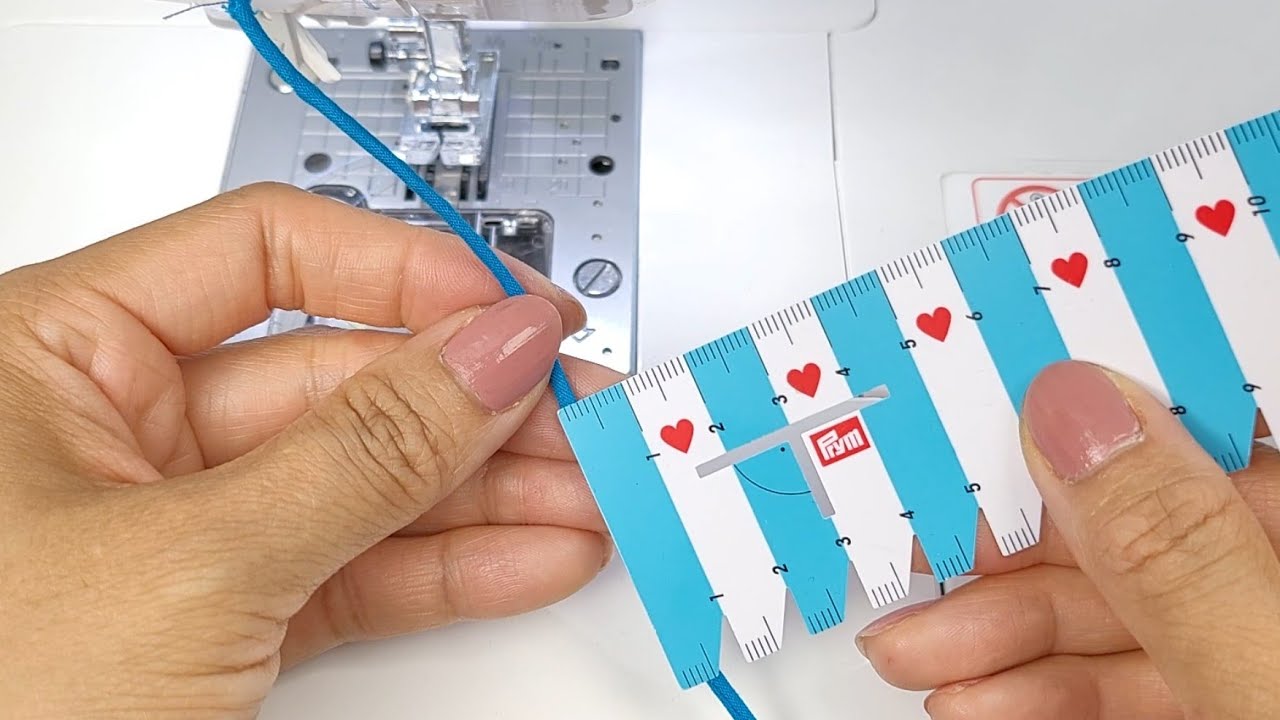Loop fabric is a revolutionary material that will change the way you think about textiles. With its unique design and functionality, this fabric is unlike anything you’ve ever seen before. Imagine a fabric that has tiny loops all over its surface, creating a soft and velvety texture. These loops not only make the fabric incredibly comfortable to touch but also provide a multitude of practical uses.
Whether you’re looking to create a cozy blanket, stylish upholstery, or even a durable backpack, loop fabric has got you covered. Its versatility knows no bounds, as it can be easily manipulated and sewn into any shape or form. The loops also serve as a fantastic way to attach different components together, making it ideal for DIY projects or customizable designs.
But what sets loop fabric apart from the rest is its unparalleled functionality. The loops act as hooks, allowing you to securely fasten various items onto the fabric’s surface. This means you can attach accessories, decorations, or even tools effortlessly, without the need for buttons, zippers, or other traditional fasteners. It’s like having a built-in organizational system wherever you go!
So, whether you’re a fashion enthusiast, a DIY lover, or simply seeking a fabric that offers both comfort and convenience, loop fabric is the answer. Get ready to explore endless possibilities and unleash your creativity with this innovative textile. Upgrade your projects and experience the magic of loop fabric today!

What is Loop Fabric?
Loop fabric is a versatile material that has gained popularity in various industries, including fashion, sports, and automotive. It is a type of textile characterized by its unique looped surface, which provides both functionality and aesthetic appeal. This article will delve into the intricacies of loop fabric, exploring its composition, uses, benefits, and the industries it has revolutionized.
The Composition of Loop Fabric
Loop fabric is typically made from synthetic materials such as polyester or nylon. These fibers are woven together to create a strong and durable base fabric. The unique feature of loop fabric lies in the loops protruding from its surface. These loops can vary in size and density, providing different textures and functionalities.
Applications of Loop Fabric
Loop fabric has found its way into numerous industries due to its versatility and adaptability. One of the most common uses of loop fabric is in the manufacturing of hook and loop fasteners, commonly known as Velcro. The loop fabric serves as the soft, flexible component that interlocks with the hook side of the fastener, creating a strong bond that can be easily detached and reattached.
In the fashion industry, loop fabric has become a popular choice for clothing and accessories. It is commonly used in the production of athletic wear such as sports jerseys, workout leggings, and sneakers. The loop fabric provides a breathable and moisture-wicking surface, making it ideal for active individuals.
Loop fabric is also extensively used in the automotive industry, particularly in the interior upholstery. It can be found in car seats, headliners, and door panels, providing a comfortable and visually appealing surface. The looped texture of the fabric adds depth and dimension to the interior, enhancing the overall aesthetics of the vehicle.
The Benefits of Loop Fabric
Loop fabric offers several advantages that make it a preferred choice in various applications. Its looped surface allows for easy attachment and detachment, making it ideal for fastening systems. The interlocking mechanism of hook and loop fasteners provides a secure hold while allowing for effortless adjustment or removal.
Furthermore, loop fabric is highly durable and resistant to wear and tear. The loops provide additional strength and stability, ensuring that the fabric can withstand repeated use and frequent washing without losing its functionality or appearance.
Another notable benefit of loop fabric is its breathability. The loops create small gaps between the fabric and the skin, allowing air to circulate and moisture to evaporate. This feature is particularly advantageous in athletic wear, as it helps to regulate body temperature and keep the wearer cool and dry.
Revolutionizing Industries
The introduction of loop fabric has revolutionized various industries, bringing about significant advancements in functionality, design, and performance.
In the medical field, loop fabric has played a crucial role in the development of medical braces and supports. The adjustable nature of hook and loop fasteners allows for customized fitting, ensuring optimal support and comfort for patients. Additionally, the breathability of loop fabric prevents the buildup of moisture, reducing the risk of skin irritation and infections.
The military and outdoor industries have also benefited greatly from loop fabric. It is commonly used in the production of tactical gear, backpacks, and footwear. The durability and versatility of loop fabric make it an ideal choice for these demanding environments, providing soldiers and outdoor enthusiasts with reliable and long-lasting equipment.
Overall, loop fabric has become an essential component in many products we encounter daily. Its unique properties make it a preferred choice for fastening systems, athletic wear, automotive upholstery, medical supports, and outdoor gear. As technology continues to advance, we can expect further innovations and applications for this remarkable material.
“Button Loop Hacks: Ace Fabric Loops for Your Clothes in a Snap!”
List about Loop Fabric
Loop Fabric
Loop fabric, also known as loop pile fabric, is a versatile textile used in various applications due to its unique structure and properties. It is characterized by its looped surface, which is created by interlacing yarns or fibers.
Loop fabric is commonly used in the manufacturing of clothing, upholstery, and home furnishing products. Its distinctive looped texture offers not only aesthetic appeal but also functional benefits. The loops in the fabric provide additional cushioning and insulation, making it ideal for applications that require comfort and warmth.
One of the key advantages of loop fabric is its durability. The loops in the fabric are tightly secured, making it resistant to wear and tear. This makes loop fabric a popular choice for upholstery and furniture covers that need to withstand frequent use and heavy traffic.
Loop fabric is also highly absorbent, making it suitable for applications where moisture management is crucial. It can efficiently wick away moisture, keeping the surface dry and comfortable. This makes it an excellent choice for sportswear, towels, and other absorbent products.
Additionally, loop fabric is often used in the production of hook and loop fasteners, commonly known as Velcro. The loop side of the fastener is made from loop fabric, providing a secure grip when paired with the corresponding hook side. This versatile fastening system is widely used in various industries, including clothing, footwear, and industrial applications.
| Application | Properties |
|---|---|
| Clothing | Durable, comfortable, moisture-wicking |
| Upholstery | Durable, cushioning, resistant to wear and tear |
| Home Furnishings | Aesthetic appeal, insulation properties |
| Sportswear | Moisture-wicking, comfortable |
| Towels | Highly absorbent, quick-drying |
| Hook and Loop Fasteners | Secure grip, versatile |
Overall, loop fabric is a remarkable textile with a wide range of applications. Its unique looped structure, durability, and functional properties make it a sought-after material in various industries. Whether it’s used for clothing, upholstery, or fasteners, loop fabric provides both aesthetic appeal and practical performance.

